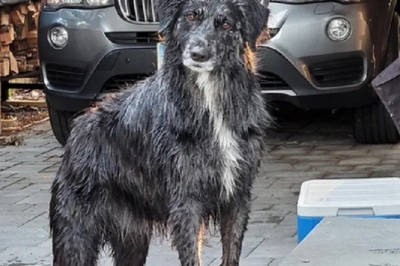Dealing with Pet Allergies: A Approach to Diagnosis and Management
Embarking on the journey of companionship with pets is a universal desire shared by many individuals. Yet, for some, the sheer joy of having a furry friend is overshadowed by the complexities of pet allergies, particularly those induced by cats and dogs. Allergic reactions, manifesting as persistent sneezing and a runny nose, can pose a continual source of discomfort. In this article, we delve into sophisticated methods for diagnosing and managing allergies to cats and dogs, providing insightful strategies and practical tips to enhance the experience of living with these cherished pets.
According to the American College of Allergy, Asthma & Immunology, a 2018 study on Immunity, Asthma, and Allergy underscores several pivotal steps to alleviate the undesirable effects of allergic reactions. If one suspects being allergic to cats or dogs and encounters symptoms such as itchy skin, sneezing, a runny nose, or respiratory issues, consulting with an allergy specialist becomes paramount for accurate diagnosis and precise guidance.
At the core of effectively managing pet allergies lies the creation of a pet-friendly environment while diligently minimizing exposure to allergens. Here are some meticulously curated strategies:
1. Consult a Specialist In cases where suspicion arises regarding allergies to cats or dogs, accompanied by symptoms like itchy skin, sneezing, a runny nose, or respiratory issues, seeking advice from an allergy specialist is imperative for an accurate diagnosis and tailored guidance.
2. Keep the Home Free of Pet Hair Pet owners should incorporate the regular use of a vacuum cleaner equipped with a filter to systematically eliminate pet hair and allergenic particles that may linger in the home. Consistent cleaning practices can wield a substantial impact in diminishing allergic symptoms.
3. Wash Bedding and Curtains Regularly To curtail exposure to allergens, pet owners should conscientiously wash bedding, curtains, and other fabric items prone to accumulating pet hair. Adhering to daily cleaning rituals, including routine vacuuming and sweeping, contributes to fostering a cleaner living environment.
4. Wash Hands Routinely Routine handwashing emerges as a crucial practice to forestall the transfer of allergens and germs from surfaces to hands and, subsequently, to the face. This practice assumes heightened significance after interactions with pets, effectively removing potential fur or allergenic particles from the skin.
Embracing these proactive measures holds the potential to significantly enhance the quality of life for individuals grappling with pet allergies. In conjunction with these lifestyle adjustments, there also exists a realm of medical interventions that can be explored under the guidance of healthcare professionals.
Allegra®, the preeminent brand of antihistamines in Brazil, has meticulously compiled data from various studies addressing the nuanced management of pet allergies. It becomes imperative to raise awareness about the prevalence of pet allergies and the pragmatic steps that can be taken to mitigate the associated challenges.
In conclusion, reveling in the company of cats and dogs remains an achievable feat even for those predisposed to allergies. By adopting a proactive stance in maintaining a pristine living environment and seeking professional advice for diagnosis and management, individuals can cultivate a harmonious relationship with their beloved pets. Always remember, a little extra care can pave the way for a sniffle-free and joyous companionship with your furry friends.





















Comments
0 comment